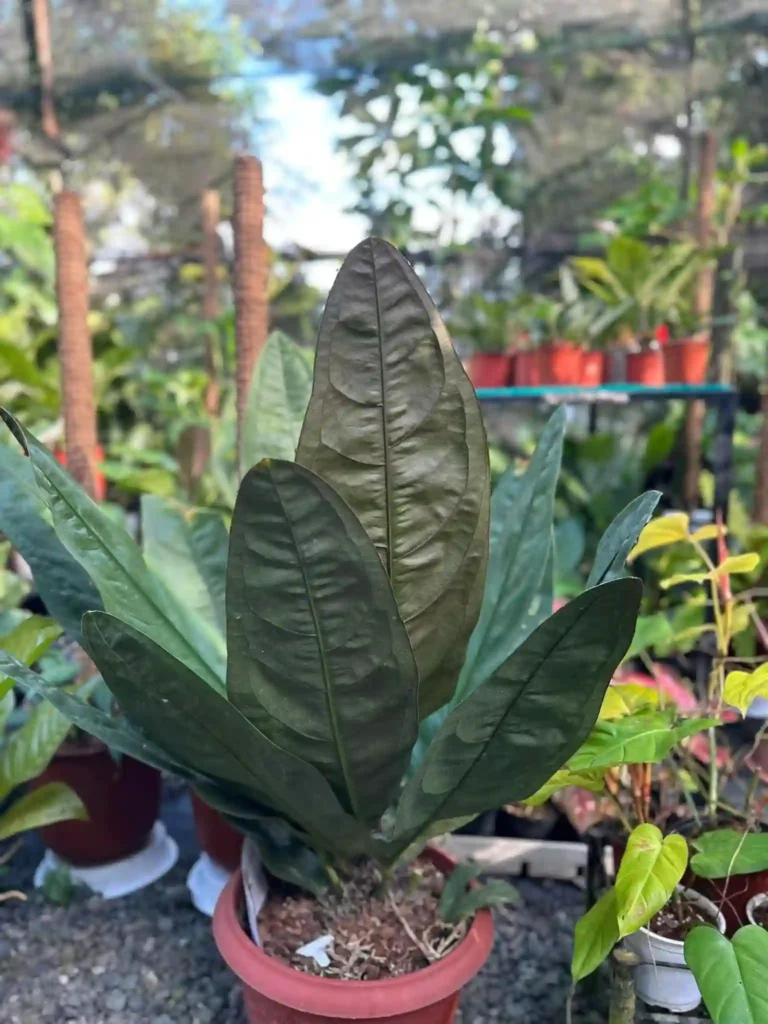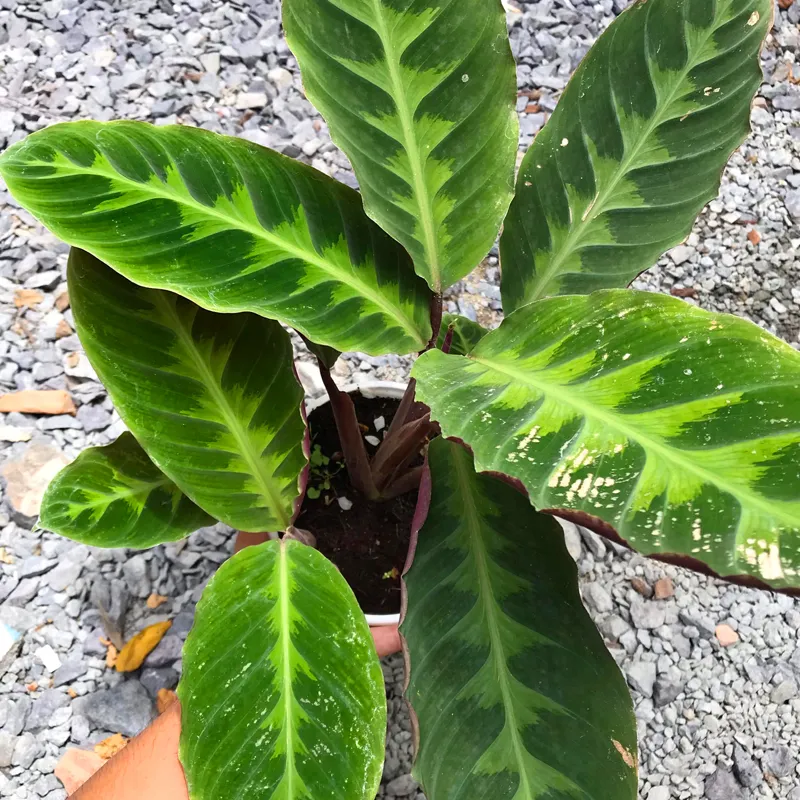
Geum Triflorum: A Gardener’s Delight
As a gardening enthusiast, there’s nothing more exciting than discovering unique and beautiful plants to add to my collection. One such plant that has captured my attention is Geum Triflorum. With its delicate beauty and interesting characteristics, it has become a favorite in my garden. Let me share with you everything I’ve learned about this fascinating plant.
59 Species in Genus Geum
What is Geum Triflorum?
Geum Triflorum, commonly known as Prairie Smoke or Old Man’s Whiskers, is a perennial herbaceous plant belonging to the Rosaceae family. It’s renowned for its unique and captivating appearance, especially when its feathery seed heads are on display. The plant typically grows to about 12-18 inches in height and features attractive fern-like leaves.
Where Does Geum Triflorum Grow?
Geum Triflorum is native to North America, particularly the northern and western regions. It thrives in prairies, open woods, and meadows. This plant is well-adapted to various soil types, including sandy and rocky soils, which makes it incredibly versatile. It prefers full sun to partial shade and is quite tolerant of drought conditions, which is perfect for my garden where I occasionally forget to water regularly.
Is Geum Triflorum Pursh Wild Growing?
Yes, Geum Triflorum Pursh is indeed wild-growing. In its natural habitat, it can be found in undisturbed prairies and meadows across North America. The plant has a remarkable ability to adapt to different environmental conditions, which has allowed it to thrive in the wild. Its resilience makes it a great choice for gardeners looking to incorporate native plants into their landscapes.
How to Care for Geum Triflorum?
Caring for Geum Triflorum is relatively straightforward. Here are some key tips:
- Soil: Ensure the soil is well-draining. While Geum Triflorum can tolerate various soil types, it thrives best in sandy or rocky soil.
- Watering: This plant is drought-tolerant, but regular watering will encourage better growth and flowering. However, avoid waterlogged conditions.
- Sunlight: Plant Geum Triflorum in a location that receives full sun to partial shade. Too much shade can inhibit its growth and flowering.
- Pruning: Deadhead spent flowers to encourage more blooms and maintain the plant’s neat appearance. In late fall or early spring, cut back the foliage to allow for new growth.
- Mulching: Apply a layer of mulch around the plant to help retain moisture and suppress weeds.
How to Propagate Geum Triflorum?
Propagating Geum Triflorum can be done through seed or division. Here’s how I’ve successfully propagated it in my garden:
- Seed: Collect seeds from the feathery seed heads in late summer. Sow them in a seed tray filled with well-draining soil. Keep the soil moist and place the tray in a sunny spot. Transplant the seedlings into the garden once they are large enough to handle.
- Division: In early spring or fall, dig up an established plant and carefully divide the root clump into smaller sections, ensuring each section has healthy roots and shoots. Replant the divisions in prepared soil and water thoroughly.
What to Plant with Geum Triflorum?
Geum Triflorum pairs beautifully with a variety of other plants. Here are some companions that I’ve found work well:
- Grasses: Native grasses like Little Bluestem (Schizachyrium scoparium) and Blue Grama (Bouteloua gracilis) complement the delicate flowers of Geum Triflorum and add texture to the garden.
- Wildflowers: Other native wildflowers such as Black-eyed Susan (Rudbeckia hirta) and Purple Coneflower (Echinacea purpurea) create a vibrant and diverse planting scheme.
- Perennials: Combine Geum Triflorum with other hardy perennials like Coreopsis and Penstemon for a garden that blooms throughout the growing season.
Why Grow Geum Triflorum in Your Garden?
Growing Geum Triflorum in your garden offers several benefits. Firstly, it’s a native plant, which means it supports local ecosystems and attracts pollinators like bees and butterflies. Secondly, its unique appearance, especially the feathery seed heads, adds a whimsical touch to any garden. Lastly, its low-maintenance nature makes it an ideal choice for both novice and experienced gardeners.
In conclusion, Geum Triflorum is a delightful addition to any garden. Whether you’re looking to enhance your native plant collection or add a touch of prairie charm to your landscape, this plant is sure to impress. I hope you find as much joy in growing Geum Triflorum as I have!
If i die, water my plants!



